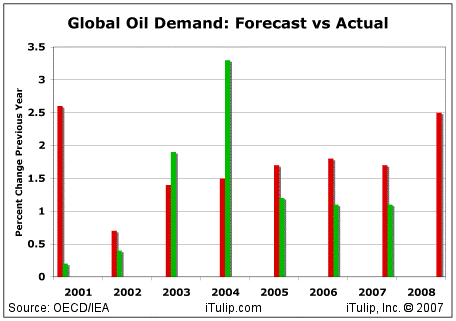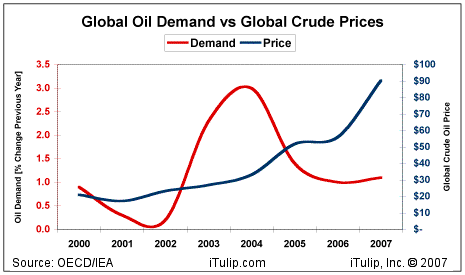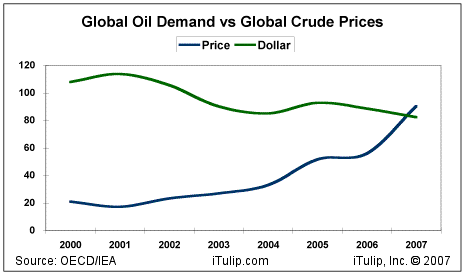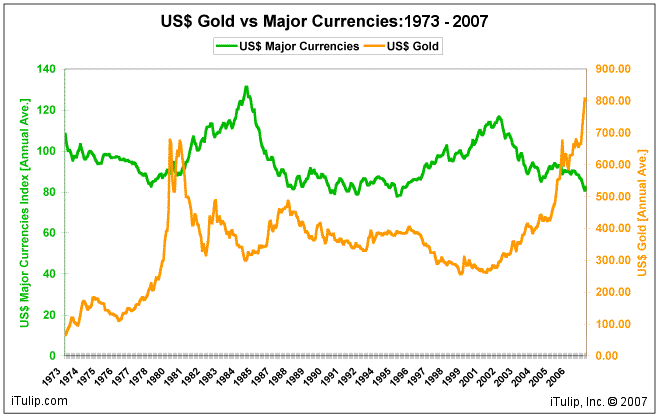Re: Oil prices will swamp subprime as market driver
Fred -
My apologies for posting garish, vulgar screaming headlines on this forum thread. I post mostly from my home PC, where for some reason I am unable to see most of the formatting (font sizes, etc) onscreen.
http://www.itulip.com/forums/showthr...23019#poststop
Consequently I only noted the post I made above had some 'screaming tabloid' size fonts in it just now!
How embarassing. I've tried to go into the post and edit it down to plain type three or four times but the server won't open up the post for edits. I just get the little 'pending' spinning wheel indefinitely.
Can you let me edit the post so I can take out all the blaring type?.
Other than when kidding around, I am really embarassed by screaming tabloid type. I had no idea the formatting was stuck in there. Can you please provide access to this thread so I can reformat it!


Fred -
My apologies for posting garish, vulgar screaming headlines on this forum thread. I post mostly from my home PC, where for some reason I am unable to see most of the formatting (font sizes, etc) onscreen.
http://www.itulip.com/forums/showthr...23019#poststop
Consequently I only noted the post I made above had some 'screaming tabloid' size fonts in it just now!
How embarassing. I've tried to go into the post and edit it down to plain type three or four times but the server won't open up the post for edits. I just get the little 'pending' spinning wheel indefinitely.
Can you let me edit the post so I can take out all the blaring type?.
Other than when kidding around, I am really embarassed by screaming tabloid type. I had no idea the formatting was stuck in there. Can you please provide access to this thread so I can reformat it!







Comment